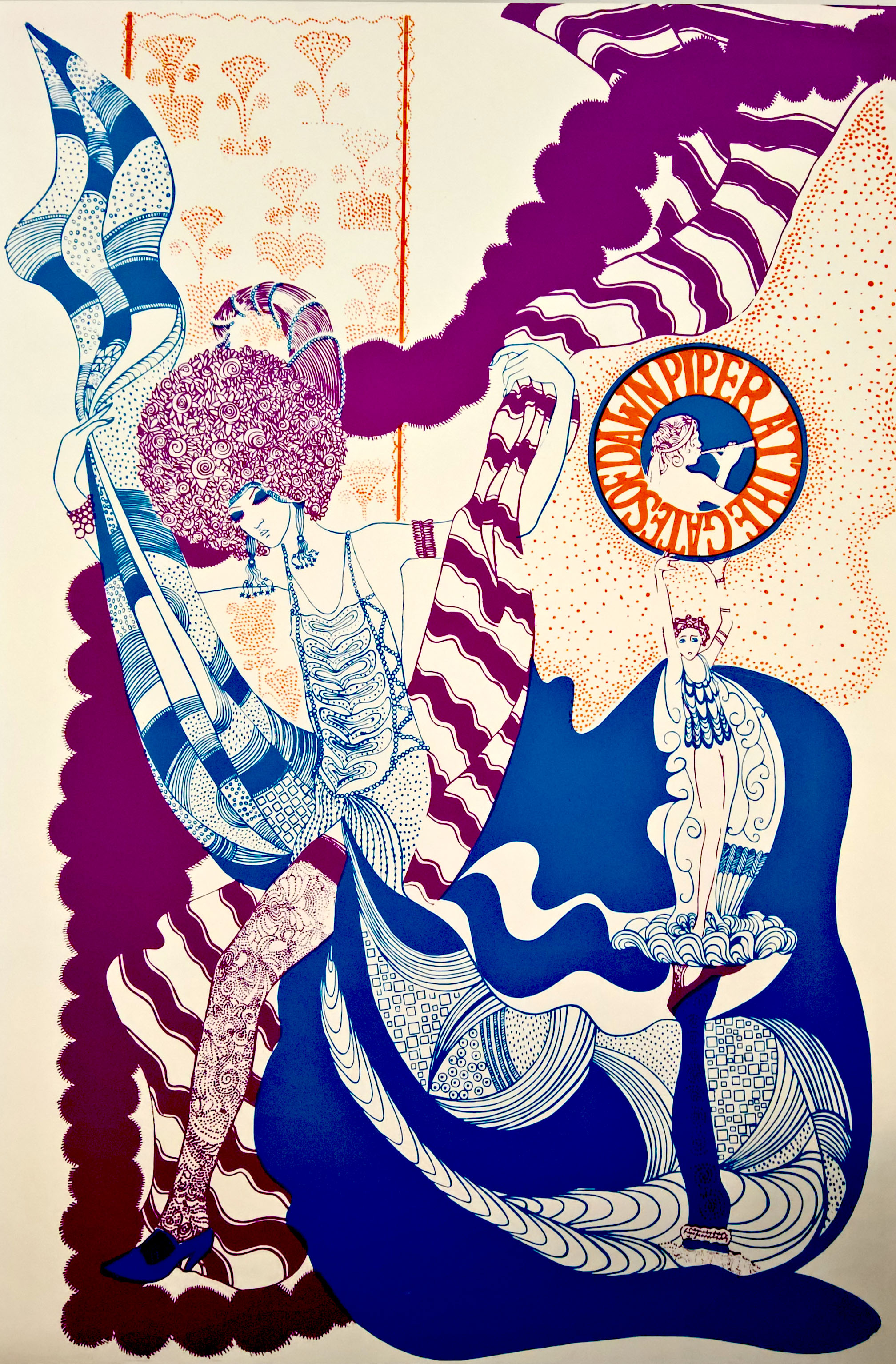

First of all, ex-Beatle engineer Norman Smith teamed up with the talented Peter Bown on production and engineering, providing not only knowledge in the studio but a force of restraint to balance some of Pink Floyd’s wackier ideas (restraint that the band members deeply resented). There are several reasons why Piper is a more satisfying whole than many of the albums in this period. Piper at the Gates of Dawn is a compendium of the key features of psychedelic music: the long, often dreary jams the fascinating sound collages the baroque harmonies the lyrics that often imply meaning beyond their true significance the playfulness and experimentation. What I love about Piper at the Gates of Dawn is its purity: it is the archetypal psychedelic album, full of the sounds that come to mind when you think “psychedelic.” If an alien anthropologist arrived at my doorstep and asked me to explain psychedelic music, this is the album I’d play. That said, this is one of my top two or three favorite psychedelic relics, and the reason I like it isn’t so much the quality of the music, which can be spotty. This series is teaching me that psychedelia was far more important for the doors it opened and not so much for what it achieved. Piper at the Gates of Dawn has been extolled as the crème de la crème of psychedelic albums, one of the best ever in what proved to be a fleeting genre. The honor is somewhat cheapened because there are thirty or so other albums that have been similarly celebrated, and calling a record the “best psychedelic album ever” is the ultimate backhanded compliment, given the general weakness of the field.


 0 kommentar(er)
0 kommentar(er)
